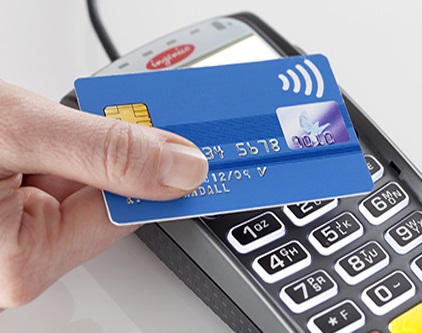
Almost half of Asia Pacific prefers digital payments
February 11th, 2021 – From the light tap of a contactless card to the convenience of online payments, the switch to cash-free consumerism has surged over the last decade. Currently, the Asia Pacific, which holds an online population of 1.8 billion, leads the shift toward a cashless society.
However, although cash was already being edged out in many countries, it is certainly not dead. In the same report, Romania has been named the country most reliant on cash with 78% of all payments still being made with cash. Morocco has the highest unbanked population size with over 25.8 million residents not owning a bank account. In the Asia Pacific though, there is only 7% of cash transactions as 46% of the region uses an e-wallet. Notably, internet penetration in the Asia Pacific is at 50%.
Why should SMEs in the Asia Pacific go cashless?
In just two years—between 2017 and 2019—the number of e-wallet users globally exploded from 500 million to 2.1 billion, according to Boston Consulting Group. Developing nations account for most of that growth: China and India alone account for 70% of all e-wallet users; Africa and the Middle East for another 12%.
Southeast Asia—a region of more than 660 million—is fast emerging as the world’s next megamarket for digital consumer finance. At least 10% of the adult populations of Malaysia, Vietnam, Thailand, Indonesia, and Singapore already use e-wallets, and penetration rates are well ahead of those in advanced economies.
The strong urban bias in Southeast Asia is because of the existence of large players like Grab and Gojek for food delivery to homes and offices, taxi transportation, and ride-sharing are the dominant use cases. But there is also very strong interest among consumers to use their e-wallets to pay for purchases everywhere, from hawker stands and food courts to grocery stores. That said, a heavily cash-based ecosystem impedes the growth of business and the bustling economy. At this point, the cashless payment system is critical in advancing the business ecosystem of SMEs.
For the obvious reason, cashless boosts checkout efficiency. Hence, small businesses can even do business on the go. Instead of being tied down by a register, mobile and digital payments enable you to be where your customers are. Accounting for small businesses is easier too since every transaction is automatically tracked and recorded, leaving less room for error. Furthermore, with real-time data on the cash flow of business, business owners would be better able to spot opportunities for improvement and make informed decisions to improve the bottom line.
More…https://techwireasia.com/2021/02/almost-half-of-asia-pacific-prefers-digital-payments/
Written by Techwire Asia
Photo: Wired
Related Post
Equipping SMEs with the skills to...
SMEs and entrepreneurs heavily depend on skills to stay competitive and face greater challenges than larger firms in accessing and retaining...
The future of entrepreneurship with AI
AI-native startups are redefining the nature of entrepreneurship through accelerated scaling. With leaner teams, evolving funding dynamics, ...
Micro and small businesses can act...
In an international context where conflicts have reached their highest level since the Second World War, what role can micro, small, and med...




